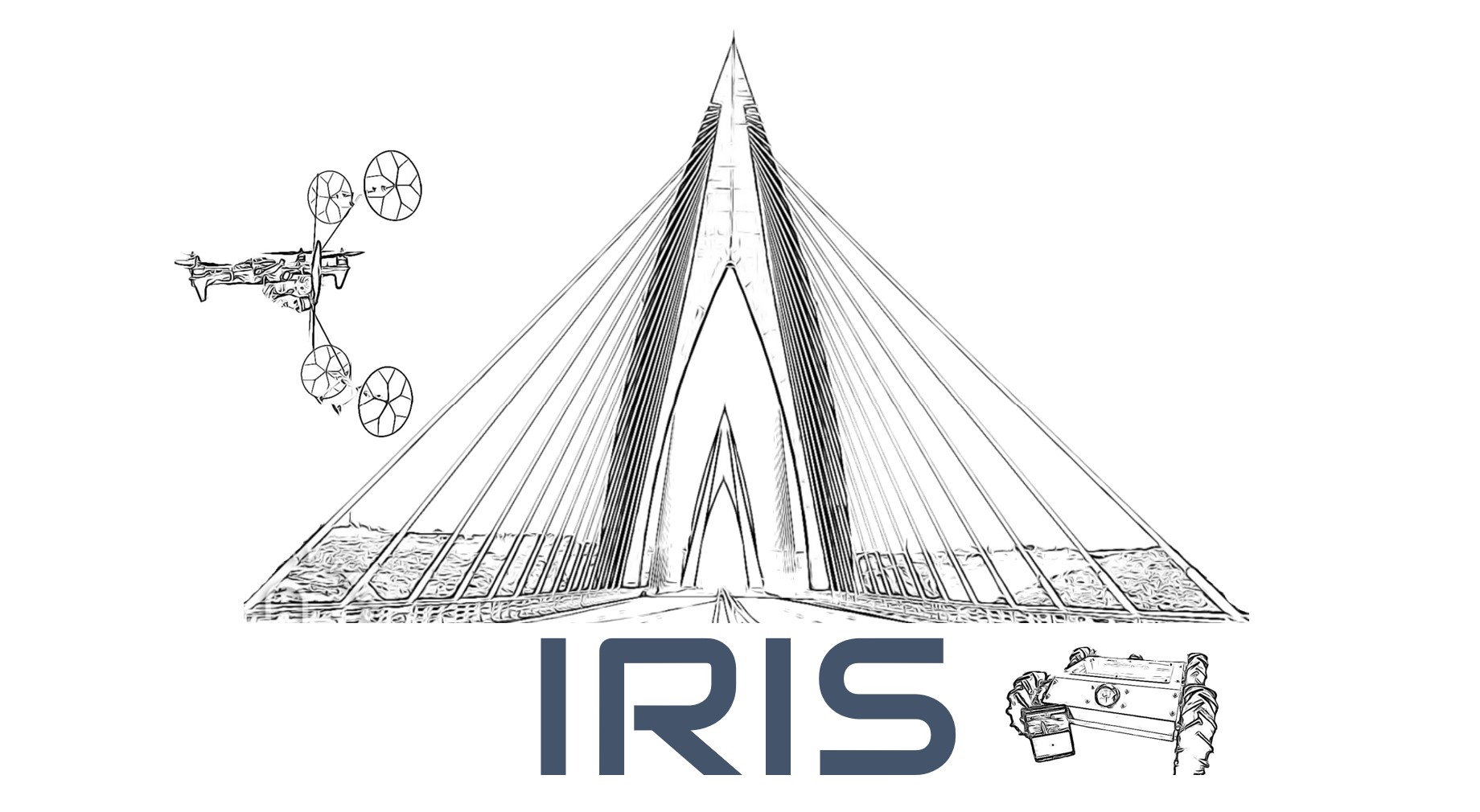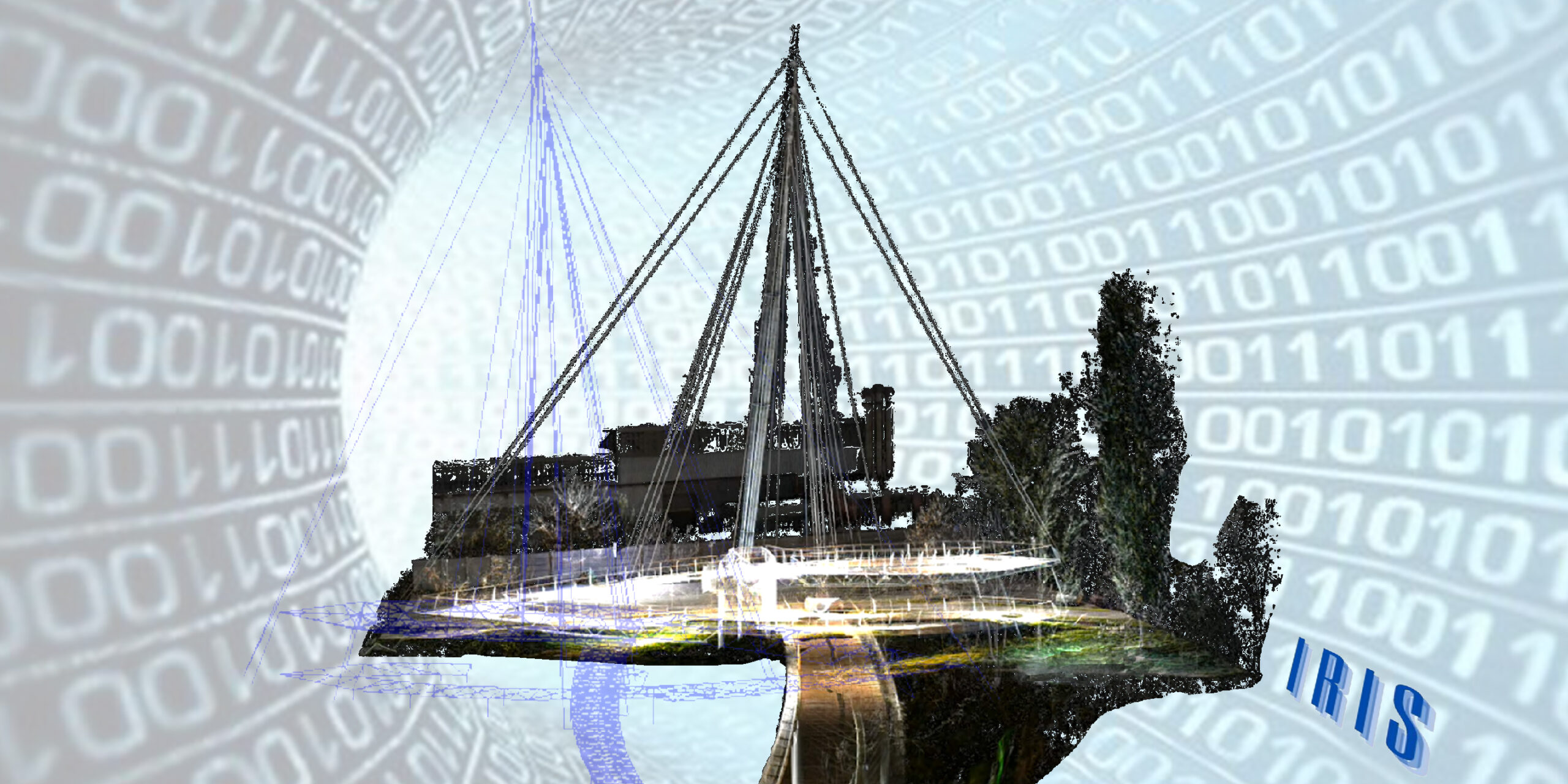The NATO-funded project, IRIS, for the inspection and maintenance of civil infrastructures, has been launched.
1 November 2021, marks the beginning of the IRIS project, Inspection, maintenance and security pursued by innovative Robots, enhanced data communication and Infrastructure digital twinS. The international kick-off meeting will be held from 24 to 27 November in Agadir, Morocco and will also connect virtually with other attendees.
The project is funded by NATO under the “Science for Peace and Security” (SPS), a policy tool that promotes dialogue and practical cooperation between NATO member states and partner countries based on scientific research, technological innovation and knowledge exchange. The international team will be coordinated by Prof. Vincenzo Gattulli of the Department of Structural and Geotechnical Engineering at the Faculties of Architecture and Civil and Industrial Engineering of Sapienza – University of Rome (Rome, Italy). The other team partners include Dr. Amine Bendarma, Universiapolis – International University (Agadir, Morocco), Prof. Pasquale Daponte, University of Sannio (Benevento, Italy), Prof. Erika Ottaviano, University of Cassino and Southern Lazio (Cassino, Italy), Prof. Zdenek Dvorak, University of Zilina (Zilina, Slovakia), and Lt. Col. Konrad Wojtowicz, Military, University of Technology (Warsaw, Poland).
IRIS will develop integrated systems of real-time cooperation between digital models that reproduce the degraded infrastructures and robots performing inspection and maintenance support. The core of the project concerns the development of new technologies to fully automate the use of robotic systems and sensor networks in data acquisition for survey, inspection and monitoring. The interaction between data acquisition and storage is managed by the construction of advanced models which are the Digital Twins (DT) of the infrastructures updated in real time. Data and models provide the basis to identify and describe defects and degradation especially in order to determine a possible performance reduction of the existing structures. All the acquired knowledge, properly managed, constitutes the input for automated or partially automated decision-making processes useful in the management of structures and infrastructures.




